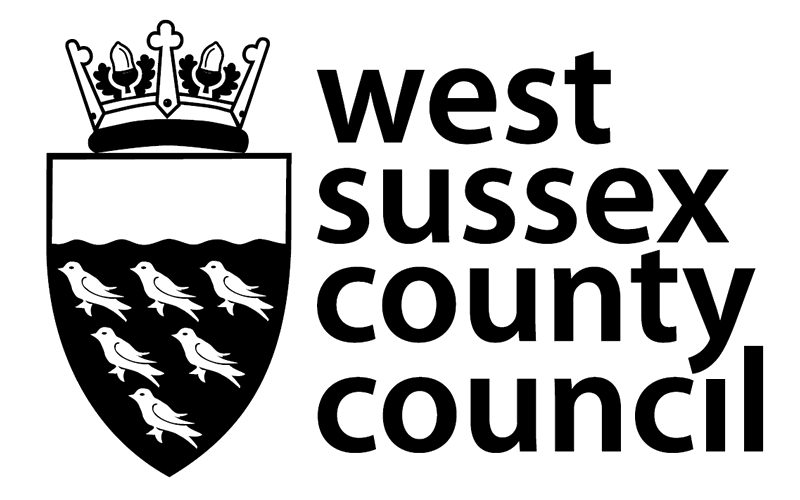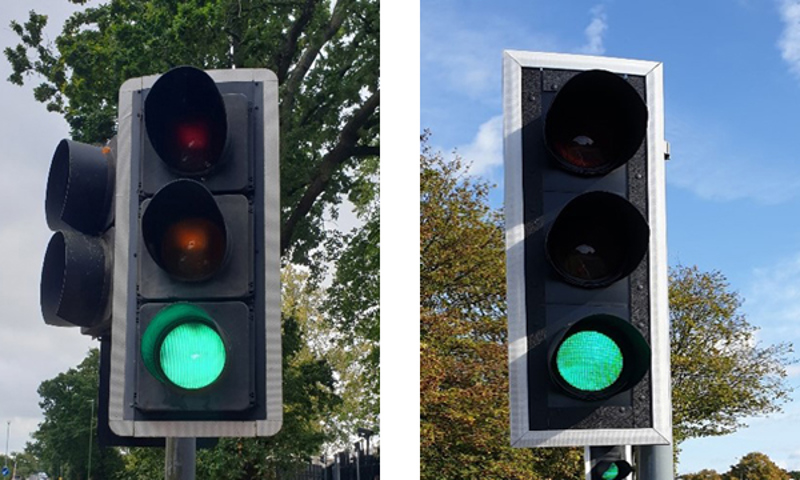Background
In 2010, West Sussex County Council (WSCC) conducted several trials with the latest Light-Emitting Diode (LED) technology which proved to be successful in both cost savings and environmental benefits; resulting in the decision that design standards going forward require all new sites or site refurbishments to use the LED technology. This has resulted in 99 of the councils traffic signal junctions and 296 traffic signals crossings being successfully converted to LED technology with great benefits.
In 2022, manufacturing of halogen bulbs (the bulbs used prior to LED) stopped due to lack of demand. To ensure that WSCC meet the obligations to keep all traffic signals operating safely and efficiently, it is crucial that we undertake a project to convert the remaining bulbs to the new, more efficient technology.
From the remaining halogen bulb traffic signals sites in West Sussex, 14 crossings and 9 junctions have already been identified for improvements through developer led projects to improve sections of the highway within the county. This leaves 9 junctions and 85 crossings that will form the ‘Halogen Bulb Replacement Programme’ which will be carried out over the next three years.
Why we are doing this work
The project will contribute significantly towards WSCC pledge to become carbon neutral by 2030, by delivering an 11% energy and carbon reduction value of the total traffic signals usage.
If we were to not undertake the Halogen Bulb Replacement Project, ultimately the remaining halogen traffic sites, which keep the public safe, would need to be switched off. This would create vehicle congestion, cause unsafe crossing for pedestrians and cyclists and prevent users, such as those visually impaired, from using their normal routes.
The increasing pressure on the WSCC maintenance budget, paired with the ongoing rise in energy costs, has prompted us to develop strategies to ensure that the traffic signals can be maintained in more affordable ways. The implementation of this project would generate a revenue saving of approximately £44,249 per annum.
What we are doing
The project will replace all the West Sussex County Council-owned traffic signals that are not already LED.
Along with upgrading the halogen bulbs to LED, we are also using this opportunity to address any additional upgrades required to the crossing locations. This will see the crossing location conditions improved to the latest WSCC standards.
Each site will be assessed individually and improvements will be carried out where required, for example, updating road markings, clearing of vegetation and footway repairs. This will reduce cost, minimise disruption in the crossing area in the future and improve user experience for WSCC residents.
The project
The replacement of existing halogen bulb traffic signals with LED bulbs has commenced and is planned to take three years to complete.
The programme is planned to cover all remaining 9 junctions and 85 crossings and is subject to change if extenuating circumstances occur, such as unforeseen events which result in a particular site needed to be upgraded ahead of its planned date.
Programme delivery map
Select the delivery map link below which will identify the current sites and those that are due for upgrade, with approximate timescales and progress.
Highways Delivery Programme map

